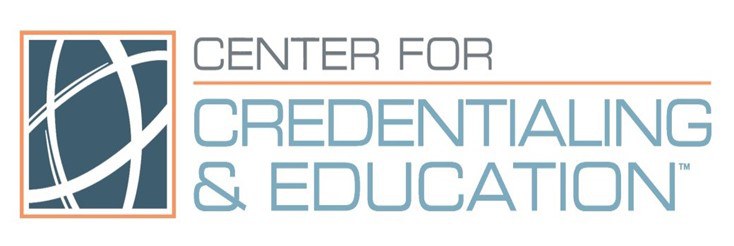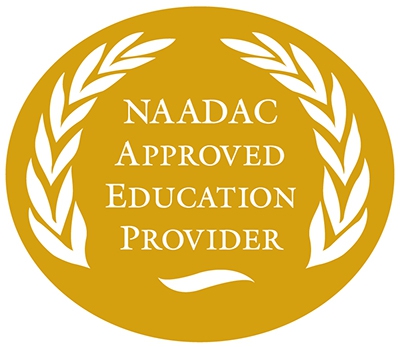
By: Patrick Williams
Michael Useem, The Wharton School professor and bestselling author, has published The Leader’s Checklist to create a clear roadmap for navigating any situation. Key questions help customize the list to fit specific needs. The first two parts were published in my previous posts (part 1, part 2), here is part three.
-
Manage Relations, and Identify Personal Implications: Build enduring personal ties with those who work with you, and engage the feelings and passions of the workplace. Help people appreciate the impact that the vision and strategy are likely to have on their own work and the firm’s future.
- Is the hierarchy reduced to a minimum, and does bad news travel up?
- Are managers self-aware and empathetic?
- Are autocratic, egocentric and irritable behaviors censured?
- Do employees appreciate how the firm’s vision and strategy affect them individually?
- What private sacrifices will be necessary for achieving the common cause?
-
How will the plan affect people’s personal livelihood and the quality of their work lives?
-
Convey Your Character: Through storytelling, gestures and genuine sharing, ensure that others appreciate that you are a person of integrity.
- Have you communicated your commitment to performance with integrity?
-
Do others know you as a person? Do they know your aspirations and hopes?
-
Dampen Over-Optimism: To balance the hubris of success, focus attention on latent threats and unresolved problems. Protect against managers’ tendency to engage in unwarranted risk.
- Have you prepared the organization for unlikely, but extremely consequential, events?
- Do you celebrate success, but also guard against the byproduct of excess confidence?
-
Have you paved the way not only for quarterly results, but for long-term performance?
-
Build a Diverse Top Team: Although leaders take final responsibility, leadership is most effective when there is a team of capable people who can collectively work together to resolve key challenges. Diversity of thinking ensures better decisions.
- Have you drawn quality performers into your inner circle?
- Are they diverse in expertise, but united in purpose?
- Are they as engaged and energized as you?
-
Place Common Interest First: In setting strategy, communicating vision and reaching decisions, common purpose comes first and personal self-interest last.
- In all decisions, have you placed shared purpose ahead of private gain?
- Do the firm’s vision and strategy embody the organization’s mission?
- Are you thinking like a president or chief executive, even if you are not one?
Not all of these questions are applicable to every situation, but it is the questioning that counts. Whether you are facing a typical day at the office or walking into a crisis, ask yourself and others these questions to inspire correct actions. Leaders learn to manage complexities not by prescribing specific behaviors, but by creating an environment for optimal behaviors to occur—even though “optimal” cannot be defined in advance. I hope this is helpful to you in making sense of the complexities you encounter in your work. It's not always easy. Using a coach helps. I find that breaking things down to their most important and essential values helps simplify matters.




